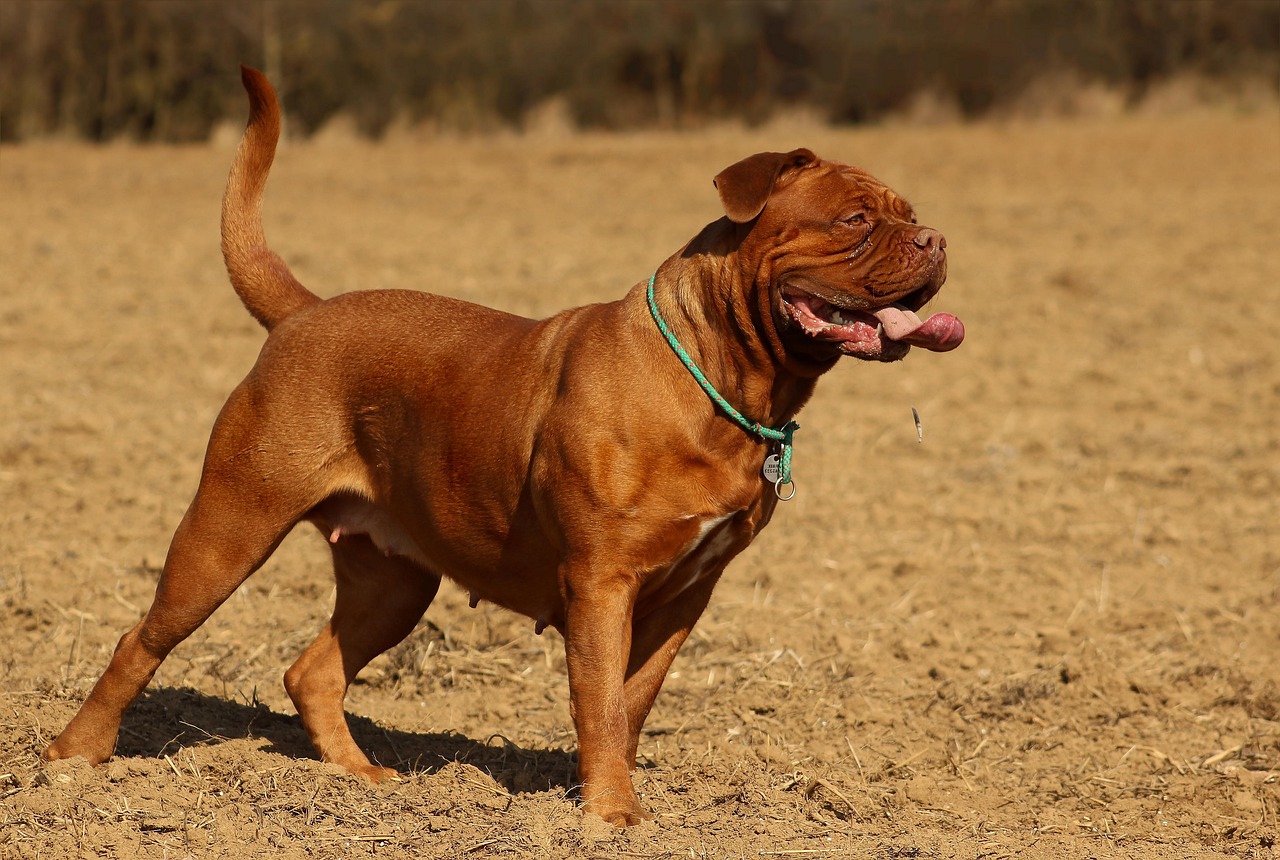The Violette de Bordeaux fig tree typically grows at a moderate pace indoors, depending on conditions. With adequate sunlight, warmth, and humidity, it can reach about 1 to 2 feet per year. Regular watering and fertilization can enhance growth, but be cautious not to overwater, as this can hinder its development and lead to root rot.
The Violette de Bordeaux fig tree has a moderate growth rate indoors, typically growing 1 to 2 feet per year under optimal conditions. With proper care, it can thrive and produce fruit within a few years.
The Violette de Bordeaux fig tree, known for its rich flavor and sweet purple figs, is a popular choice among indoor gardeners. This variety is well-suited for container growth, making it an excellent option for those with limited outdoor space. When grown indoors, several factors influence the growth rate of the tree, including light, water, temperature, and soil quality.

Understanding the growth rate of the Violette de Bordeaux fig tree is essential for indoor gardeners. It allows them to set realistic expectations regarding fruit production and tree size. This fig tree can adapt to indoor environments but requires specific conditions to flourish. Gardeners must pay attention to light exposure and humidity levels, as these can greatly affect the plant’s health and growth rate.
Factors Affecting Growth Rate
Several key factors influence how quickly a Violette de Bordeaux fig tree will grow indoors. Each factor plays a critical role in ensuring the tree remains healthy and productive. Below are some of the most important aspects to consider:
- Light: Fig trees need plenty of sunlight. Ideally, they should receive at least 6 to 8 hours of bright, indirect sunlight daily. Insufficient light can slow growth significantly.
- Water: Proper watering is crucial. The soil should remain moist but not soggy. Overwatering can lead to root rot, while underwatering can stunt growth.
- Temperature: Fig trees prefer warm temperatures. They thrive best in temperatures ranging from 65°F to 75°F. Extreme cold can hinder growth.
- Soil Quality: A well-draining potting mix is vital for healthy root systems. Soil should be rich in nutrients to support growth.
- Fertilization: Regular fertilization during the growing season can boost growth. A balanced fertilizer every few weeks helps provide necessary nutrients.
Considering these factors will help indoor gardeners create an ideal environment for their Violette de Bordeaux fig trees. By optimizing conditions, it is possible to achieve robust growth and fruit production.

Growth Rate Expectations
The growth rate of the Violette de Bordeaux fig tree can vary based on the care provided and the environmental conditions. Generally, healthy indoor plants can expect the following growth rates:
| Age of Tree | Growth Rate (Per Year) | Height Expectation |
|---|---|---|
| 1 Year | 1-2 Feet | 1-2 Feet |
| 2 Years | 1-2 Feet | 2-4 Feet |
| 3 Years | 1-2 Feet | 3-6 Feet |
| 4-5 Years | 1 Foot | 5-8 Feet |
This table illustrates average growth expectations based on the age of the Violette de Bordeaux fig tree. These figures can vary widely depending on individual care and environmental conditions.
With patience and proper attention, indoor gardeners can enjoy the beauty and bounty of the Violette de Bordeaux fig tree. Understanding its growth habits will enable them to provide the best possible care, leading to a fruitful indoor gardening experience.

Optimal Growing Conditions for Indoor Figs
To achieve the best growth rate for the Violette de Bordeaux fig tree indoors, it is essential to create optimal growing conditions. Each element plays a crucial role in the overall health and productivity of the tree. Below are key aspects that indoor gardeners should focus on to ensure the tree thrives.
Light Requirements
Light is one of the most critical factors affecting the growth of indoor fig trees. Violette de Bordeaux requires a significant amount of light to produce fruit and maintain healthy foliage.
- Type of Light: Natural sunlight is ideal. If this is not possible, consider using grow lights that provide full-spectrum light.
- Duration: Aim for at least 6-8 hours of bright, indirect sunlight each day. This helps simulate the tree’s natural outdoor environment.
- Placement: Position the tree near south-facing windows if possible. This orientation receives the most sunlight throughout the day.
Monitoring the light exposure is vital. If leaves start to yellow or drop, this may indicate insufficient light, necessitating adjustments in placement or light sources.

Watering Techniques
Proper watering is essential for the health of the Violette de Bordeaux fig tree. Both overwatering and underwatering can lead to problems.
- Frequency: Water when the top inch of soil feels dry. This usually translates to watering about once a week, but it may vary based on environmental conditions.
- Method: Water thoroughly until it drains from the bottom of the pot. Ensure that excess water can escape to prevent root rot.
- Humidity: Fig trees enjoy humidity levels around 50-60%. Increasing humidity can promote healthier growth. Consider misting the leaves or placing a humidifier nearby.
Soil and Fertilization
The choice of soil and fertilization practices significantly impact the growth rate and overall health of the fig tree.
- Soil Type: Use a well-draining potting mix that retains moisture without becoming waterlogged. A blend of peat, perlite, and compost works well.
- Fertilization Schedule: Fertilize during the growing season (spring and summer) using a balanced fertilizer every 4-6 weeks. Reduce or stop fertilization in the fall and winter when growth slows down.
- Nutrient Requirements: Essential nutrients include nitrogen, phosphorus, and potassium. These nutrients support leaf growth, root development, and fruit production.
Pest and Disease Management
Indoor fig trees can be susceptible to various pests and diseases. Early detection and intervention are vital to maintaining plant health.
Common Pests
Several pests may affect your Violette de Bordeaux fig tree. Here are some common ones:
- Spider Mites: These tiny pests thrive in dry conditions and can cause leaf discoloration. Regular misting can help prevent infestations.
- Aphids: These insects suck sap from the leaves, leading to stunted growth. A spray of water or insecticidal soap can help eliminate them.
- Mealybugs: Mealybugs appear as white cottony masses on stems and leaves. Remove them by hand or with a cotton swab dipped in alcohol.
Disease Prevention
Preventing diseases is crucial for indoor fig tree health. Here are some tips:
- Avoid Overwatering: This can lead to root rot and fungal infections. Ensure proper drainage in pots.
- Maintain Air Circulation: Good airflow helps prevent fungal diseases. Avoid overcrowding plants.
- Inspect Regularly: Check leaves and stems frequently for signs of disease or pests to catch any issues early.
By following these guidelines for optimal growing conditions, watering techniques, pest management, and disease prevention, indoor gardeners can foster healthy growth in their Violette de Bordeaux fig trees, leading to fruitful harvests in due time.
Pruning and Training Your Fig Tree
Pruning and training are essential practices for maintaining the health and shape of the Violette de Bordeaux fig tree, especially when grown indoors. These techniques not only promote better airflow and light penetration but also enhance fruit production. Knowing when and how to prune can significantly impact the tree’s growth rate.
When to Prune
Timing is crucial when it comes to pruning fig trees. The best time to prune your Violette de Bordeaux fig tree is during its dormant season, typically late winter to early spring, before new growth begins.
- Late Winter: Pruning during this time helps stimulate new growth as the tree awakens from dormancy.
- Avoid Fall Pruning: Pruning in the fall can encourage new growth that may not survive the winter.
How to Prune
Proper pruning techniques help ensure a healthy and productive tree. Here are steps to effectively prune your fig tree:
- Gather Tools: Use clean, sharp pruning shears to make precise cuts.
- Remove Dead or Diseased Wood: Start by cutting away any dead, damaged, or diseased branches. This helps prevent disease spread.
- Thin Out Crowded Areas: Remove some of the smaller, weak branches to improve airflow and light penetration.
- Shape the Tree: Aim for an open-center shape that allows light to reach the inner branches. This promotes even growth and fruiting.
- Limit Height: If the tree grows too tall for your indoor space, trim back the top growth to maintain a manageable height.
Training Techniques
In addition to pruning, training your fig tree can help control its shape and size. Here are some effective training techniques:
- Caging: Use a plant cage or stakes to support the tree as it grows. This helps keep branches upright and evenly spaced.
- Pinching: Pinch back new growth tips during the growing season to encourage bushier growth and prevent legginess.
- Espalier: This technique involves training the tree to grow flat against a wall or trellis. It can be an attractive way to save space and enhance light exposure.
Harvesting Figs
One of the most rewarding aspects of growing a Violette de Bordeaux fig tree is harvesting its delicious fruit. Understanding when and how to harvest figs is crucial for enjoying their full flavor.
When to Harvest
The best time to harvest figs is when they are fully ripe. The Violette de Bordeaux figs will change color from green to a deep purple, indicating ripeness. Other signs that figs are ready for picking include:
- Slight Softness: Ripe figs will yield slightly when gently squeezed.
- Dropping Fruit: Figs may naturally drop from the tree when fully ripe.
- Aroma: A sweet aroma will emanate from ripe figs.
How to Harvest
Harvesting figs requires care to avoid damaging the fruit or the tree. Follow these steps for effective harvesting:
- Select Ripe Figs: Choose figs that show all signs of ripeness. Avoid picking unripe fruits as they do not develop their full flavor.
- Use Clean Tools: Always use clean scissors or shears to cut the stem of the fig to prevent transmitting diseases.
- Handle Gently: Figs are delicate. Handle them with care to avoid bruising during harvest.
- Store Properly: Freshly harvested figs can be stored in the refrigerator for a few days. Consume them quickly for the best flavor.
Common Challenges When Growing Indoors
While growing Violette de Bordeaux fig trees indoors can be rewarding, it also comes with its challenges. Being aware of potential issues can help indoor gardeners effectively manage them.
- Pest Infestations: As discussed earlier, pests like spider mites and aphids can pose threats. Regular monitoring and treatment are necessary.
- Insufficient Light: If adequate light is not provided, growth may slow down, and fruit production could diminish.
- Temperature Fluctuations: Indoor conditions can vary greatly. Maintaining a consistent temperature is essential for healthy growth.
- Soil Health: Over time, soil nutrients may deplete. Regular fertilization and repotting every couple of years can help maintain soil health.
Navigating these challenges requires attentiveness and care. By being proactive, indoor gardeners can create a thriving environment for their Violette de Bordeaux fig trees, leading to successful growth and fruitful harvests.
Additional Tips for Success
To further enhance the growth and productivity of your Violette de Bordeaux fig tree indoors, consider the following additional tips. These strategies can help you maximize the potential of your tree and ensure a more enjoyable gardening experience.
Seasonal Care Adjustments
As seasons change, so do the needs of your fig tree. Adjusting your care routine according to seasonal variations is essential.
- Spring: This is the active growing season. Increase watering as the tree begins to leaf out, and start fertilizing to support new growth.
- Summer: Maintain consistent watering, especially during hot months. Ensure the tree receives enough light and monitor for pests, as they tend to be more active in warmer weather.
- Fall: Gradually reduce watering as the tree prepares for dormancy. Stop fertilizing to allow the tree to rest.
- Winter: Maintain cooler temperatures and reduce watering significantly. The tree will enter dormancy, requiring less moisture.
Choosing the Right Container
The right pot can greatly influence the growth and health of your fig tree. Here are some factors to consider when selecting a container:
- Size: Choose a pot that is large enough to accommodate root growth but not excessively large. A pot that is too big can hold too much moisture, leading to root rot.
- Drainage: Ensure the pot has adequate drainage holes to prevent water accumulation at the bottom. This is crucial for maintaining healthy roots.
- Material: Consider using pots made from breathable materials like terracotta. These materials help regulate soil moisture and temperature.
Companion Planting
If space allows, consider companion planting with your fig tree. Certain plants can enhance the growth environment or deter pests. Some suitable companions include:
- Basil: Known to repel pests while attracting beneficial insects.
- Marigolds: These flowers deter nematodes and other harmful pests.
- Chives: This herb can help improve soil quality and deter aphids.
Final Thoughts
The Violette de Bordeaux fig tree is a delightful addition to any indoor garden. With its beautiful foliage and delicious fruit, it offers both aesthetic and culinary rewards. However, successful indoor cultivation requires attention to various factors, including light, water, soil quality, and pest management.
By understanding the unique needs of this fig variety and providing optimal conditions, indoor gardeners can enjoy robust growth rates and fruitful harvests. Regular pruning, training, and seasonal adjustments will enhance plant health and productivity. Furthermore, being mindful of common challenges, such as pests and temperature fluctuations, can ensure a thriving indoor environment.
Ultimately, patience and care will yield a rewarding experience with your Violette de Bordeaux fig tree. Whether you are an experienced gardener or a novice, embracing these practices will lead to a fruitful journey in indoor horticulture. Enjoy watching your fig tree flourish, and savor the sweet rewards of your efforts!
